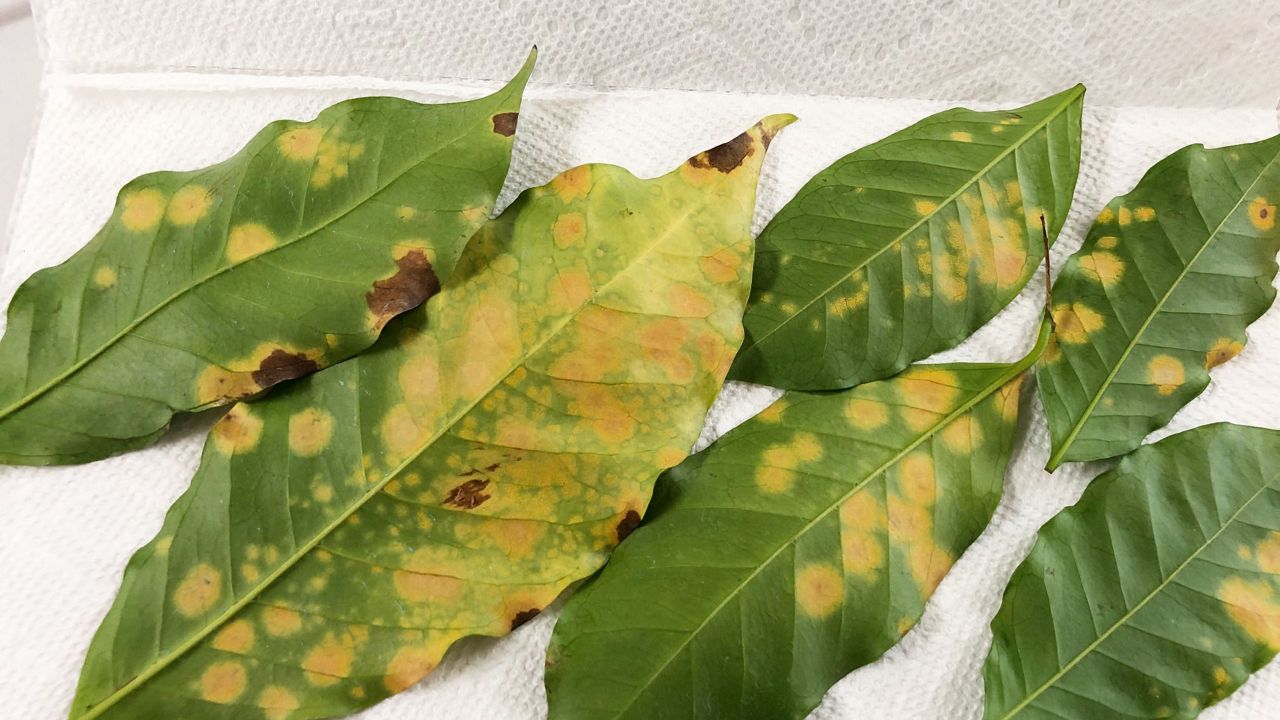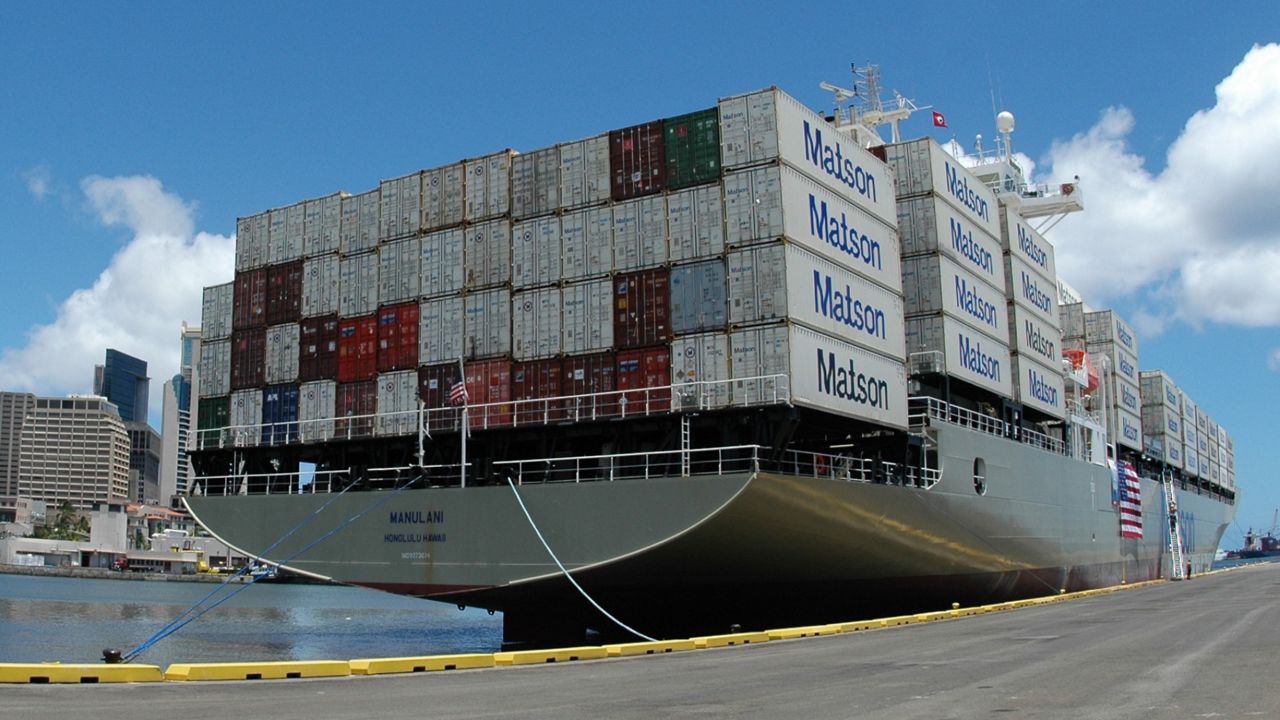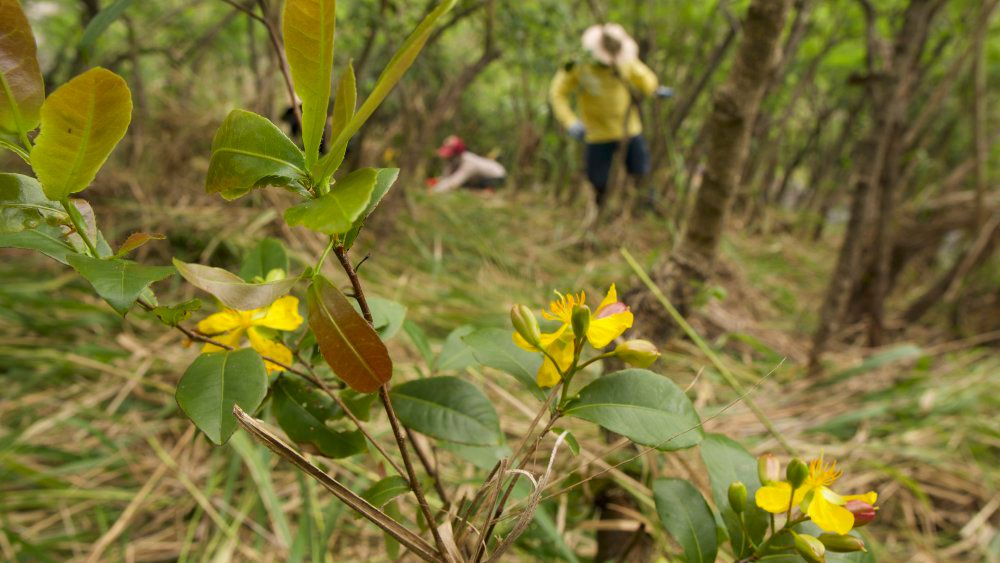Federal help is on the way for local farmers battling the effects of coffee leaf rust, a destructive fungus that could potentially jeopardize the state’s $500,000 coffee industry.
The U.S. Department of Agriculture’s National Institute of Food and Agriculture awarded $1.37 million to the Hawaii Agriculture Research Center to address CLR, U.S. Sen. Mazie Hirono, D-Hawaii, announced last week.
The funding comes from NIFA’s Specialty Crop Research Initiatives program and will be used to reboot the organization’s coffee breeding program to produce coffee with CLR resistance.
CLR was first detected in the state in 2020, in Haiku, Maui, and has since been the subject of significant concern within the local coffee industry.
CLR can cause infected leaves to drop prematurely, greatly reducing the plant’s ability to photosynthesize. The fungus can negatively impact the size of the berries the plant produces and the overall health of the plant, according to the state Department of Agriculture.
The fungus can also spread backward from the leaves to the rest of the plant, a condition called dieback, which can reduce future yields by as much as 80%.
The fungus is first noticeable as yellow-orange spots on the upper surface of leaves. Infectious spores, resembling dark orange powder, can grow on the underside of the leaves. CLR can also infect young stems and berries.
Fungicides, preemptive pruning and spacing can help to control CLR spread, according to DOA.
Unchecked, CLR has the potential to devastate the local coffee industry.
Roughly 1,400 growers on six islands produce $62 million in Hawaiian coffee each year, which in turn generates approximately $500,000 in economic activity annually, according to the Hawaii Agriculture Research Center.
“This funding is crucial in supporting the work being done in Hawaii to combat coffee leaf rust and save an industry that generates hundreds of millions of dollars in economic activity each year,” Hirono said. “I am glad that the USDA is continuing to provide necessary resources to address CLR and I’ll continue working to support farmers across our state.”
Hirono has previously urged the USDA to develop a response to the threat and last year introduced the Coffee Plant Health Initiative Amendments Act to expand research funding to address CLR and other threats to coffee plants.
Hawaii was previously awarded $6 million by NIFA to address CLR.
Michael Tsai covers local and state politics for Spectrum News Hawaii.








